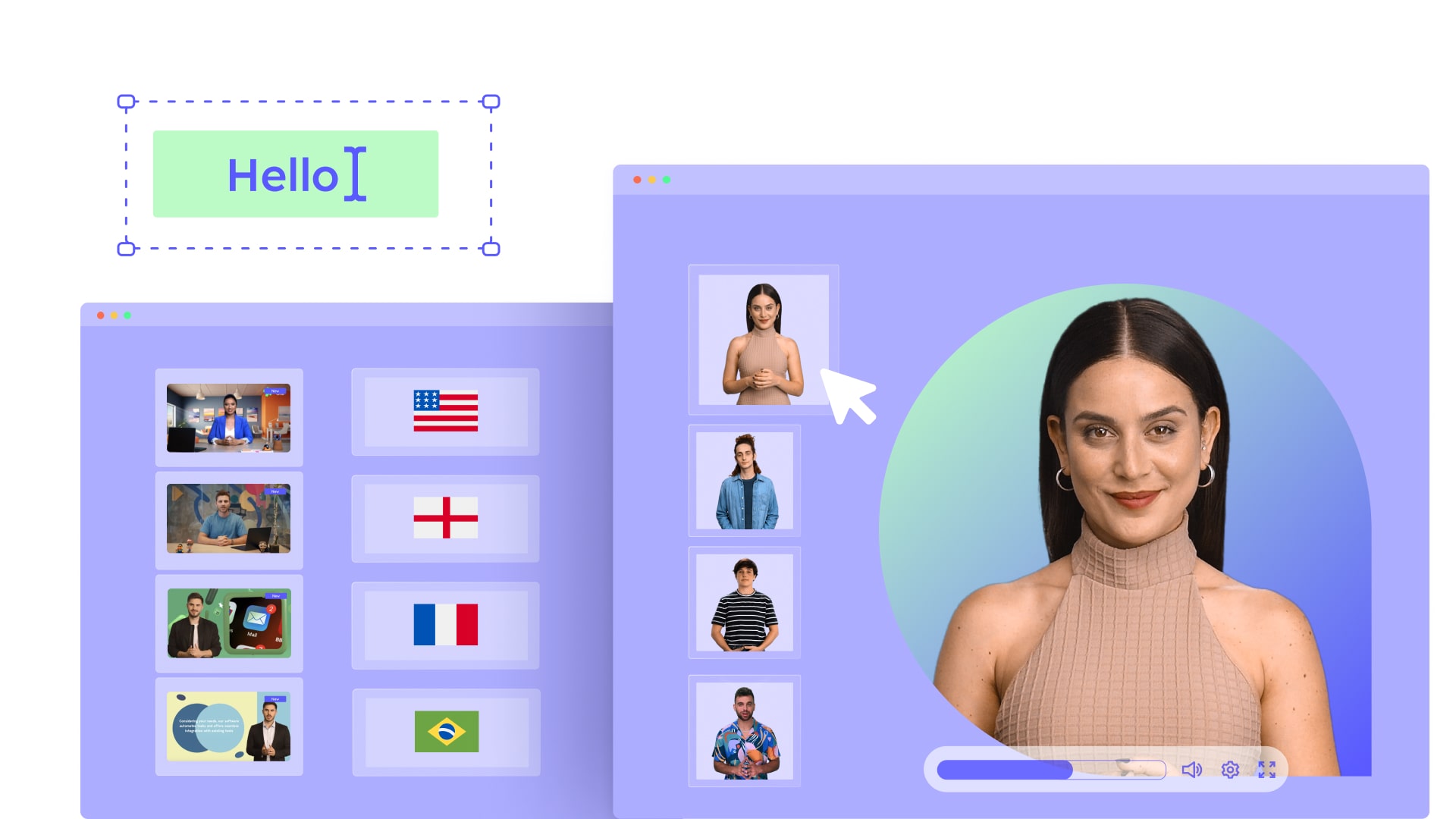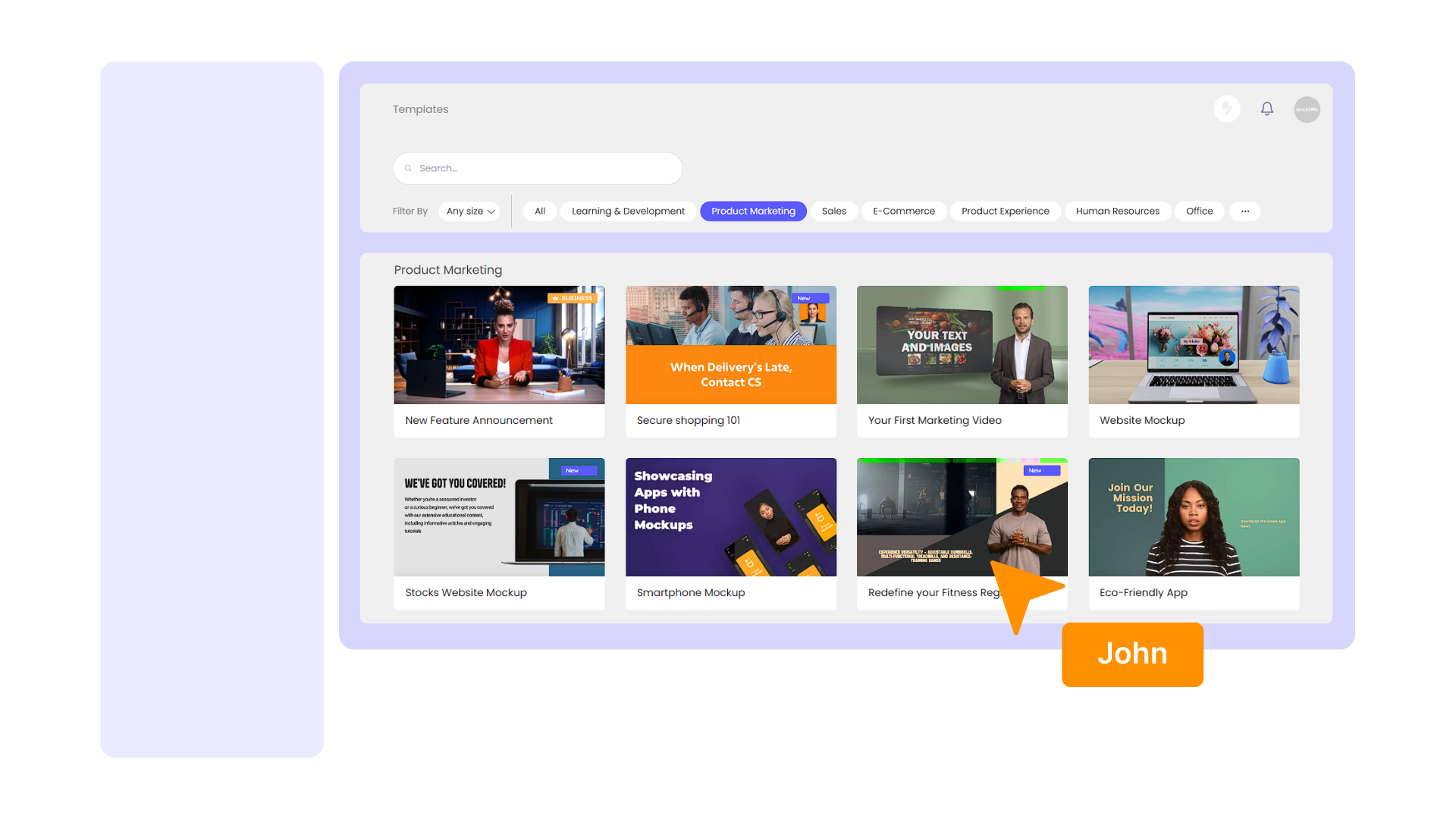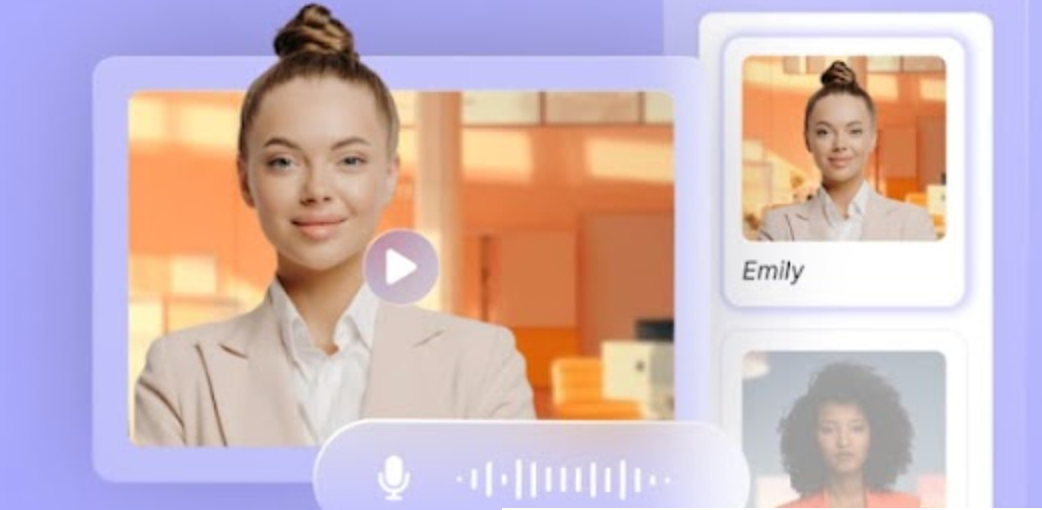Today’s employees are becoming less interested in attending energy-draining seminars, long commutes to speaking engagements, and clunky online training courses. They live in a digitized, fast-paced world with no time to dedicate their attention to learning. But upskilling is essential to a successful workforce – so what can Learning and Developments do? The answer, surprisingly, is less.
Employee Learning and Development (L&D) once meant undergoing a dreaded ‘training day.’ But as digital transformation changes the workplace, organizations are taking a new, science-backed approach to upskill their employees in a more flexible, low-cost, and bite-sized way. It’s called microlearning.
Microlearning enables employees to take a self-serve approach to their L&D, and some say it’s the future of employee training. This post will take a deeper look into what microlearning is, why you should try it, and six examples of effective microlearning strategies in practice.

What is microlearning, and why should we care?
Microlearning is a Learning and Development strategy that provides information in easily digestible and accessible bite-sized chunks. Microlearning gives people fast access to the information they need by keeping it short and to the point.
Back in the 1880s, German psychologist Hermann Ebbinghaus developed the ‘forgetting curve’ theory, which suggests that people can only retain 21% of what they learn in a month. As the modern workplace becomes remote, hybrid, and digital-focused, distractions are everywhere.
By learning relevant information in small chunks, employees can concentrate on one topic at a time and are more likely to maintain continuous training. Despite the (very) old roots that microlearning is from, it remains a popular and viable L&D strategy in 2022.
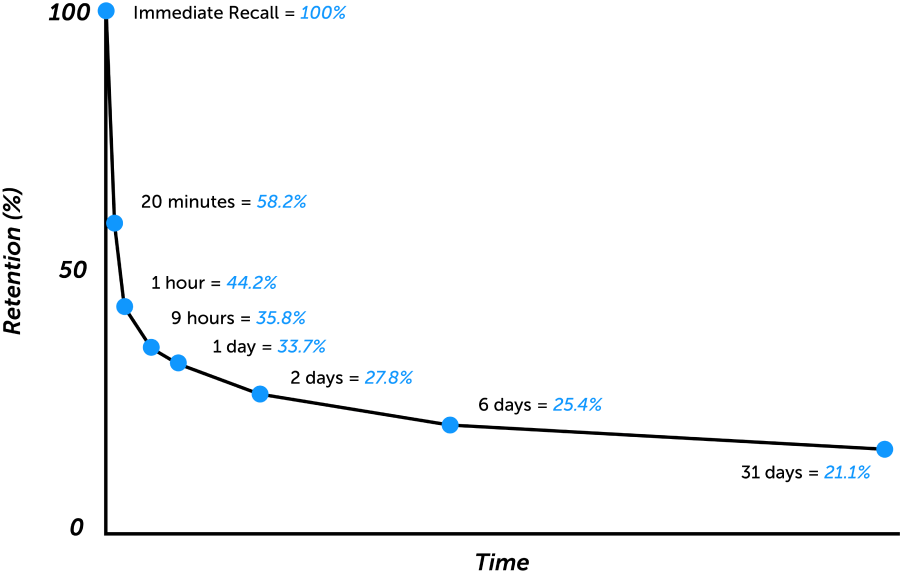
What are the benefits of microlearning?
Microlearning offers several key benefits to your business and its L&D department. These include:
- Better Learner Engagement – In our world of clicking, swiping, scrolling, and liking, the ability to focus for an extended period is a lost art. Receiving information in small chunks helps people to focus their attention and be more engaged.
- Improves Knowledge Retention – As Ebbinghaus theorized two centuries ago, people lose knowledge over time. Microlearning is the best practice for memory retention because it keeps content concise and continuous.
- Enables Personalized and Flexible Learning – Employees can tailor their learning to a hyper-relevant targeted field or topic. Smaller chunks of learning material are ideal for mobile or consuming when opportunity strikes, so microlearning offers increased flexibility.
- Everyone Can Learn at Their Own Pace – There is no universal approach to learning and development. Five or ten-minute lessons fit better into most peoples’ lives than traditional e-learning, which can take thirty minutes or more to complete. This infographic shows how and where modern employees like to learn:

6 Examples of Effective Microlearning
Here are six examples of effective microlearning strategies and platforms that will inspire your learning and development strategy.
1. Reading Material for Sales Training

87% of executives report skills gaps in their workforce. It’s a known fact that it is hard to upskill sales teams and even harder in the age of remote and hybrid working.
Microlearning strategies can be used for on-the-job sales support or to train new sales staff. It can even be repurposed to help staff brush up on their knowledge for product launches or entering a new market.
By delivering training in cheat sheets, summaries, and informative slides like the example from 7taps, you can equip your sales team with reference material that they can use repeatedly.
For example, quiz questions based on real-world scenarios can teach decision-making skills and help employees learn to overcome objections. Images and infographics are good ways to break down the features and benefits of your product or service to help your sales team remember what to say.
2. Mobile Learning and Apps

People spend up to 5.4 hours a day on their phones. Mobile learning is an accessible way to make this time productive. Microlearning can be digitized and optimized for small screens. Lessons are designed to be completed in very short amounts of time.
Popular examples of mobile-based microlearning are “Word of the Day” and language learning apps. Apps like DeltaNet can be used in the workplace to promote employee wellbeing, such as daily mindfulness sessions, and for other HR initiatives like compliance or health and safety training.
Other mobile features, such as analytics software and push notifications, can be used to help remind employees to complete their training.
3. Gamification

Integrating gamification into your microlearning content can add an extra layer of interactivity and engagement.
Gamification is ideal for onboarding and employee training because you can ease new hires by breaking tasks down into simple steps or utilizing audio and visual cues. Typical game features like unlocking new levels add further fun elements.
New developments in microlearning gamification, like VR and AR experiences, are the future of learning. A helpful application for VR microlearning training would be in a factory. Siemens already uses this technology to replicate the work environment and provide immersive training in short bursts. It helps employees familiarize themselves with safety procedures and risks in a fun way.
4. Quizzes

Learners can test their knowledge and gain instant feedback by using quizzes. Quizzes are a great example of microlearning because they provide information in the form of short pieces of text and quick facts.
This strategy encourages learners to identify gaps in their knowledge and focus on weak areas. It usually involves self-testing and a score at the end. This quantification makes quizzes a useful learning and development tool to track employees’ progress and performance.
EdApp is one of the most popular mobile-friendly quizzing tools for the workplace. EdApp enables you to add your branding to their ready-made courses and deliver microlearning directly to your employees’ devices.
5. Audio

How about getting creative with your microlearning strategy and developing a company podcast? Teams and departments can pass knowledge to one another, whether that is generalized content or information specific to certain employees.
Keep episodes short to ensure that they qualify as microlearning. Encourage your employees to listen at times convenient for them, such as on their daily commute. Launching a podcast is also a great marketing tool because it can be distributed externally to raise brand awareness.
Alternatively, platforms like Blinkist collate essential information and takeaways from nonfiction and educational books. The platform condenses the key points into fifteen-minute audio snippets. It’s like learning the most critical information in a book without needing to actually read it.
6. Video
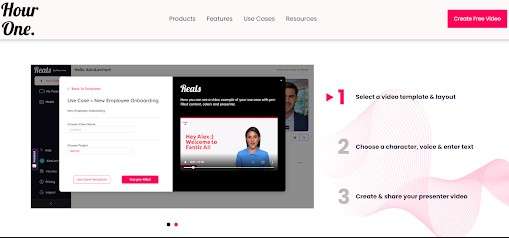
We know that microlearning strategies were developed to help people retain more than a measly 21% of taught information. But what if you could boost that retention rate to 95%?
Over 70% of people prefer to learn by watching a video. Statistics show that they remember more information when it is delivered in a video format.
Let’s face it, learning and development are often dull and expensive. Luckily, AI has a solution to this. Rather than producing stagnant documents, AI video generator technology like Hour One turns your text and presentations into engaging presenter-led videos—without the high production costs.
Video is also a flexible and scalable medium. You can create short, focused videos that cover specific topics and learning objectives. This includes explainer videos, micro-lessons, scenarios, product training, employee onboarding, and more. Hour One can quickly create videos at scale so that you can develop a whole curriculum rapidly and efficiently.
Start Small for Big L&D Success
Microlearning is an excellent strategy for your organization if you want to provide engaging and memorable learning experiences for training and upskilling your employees. Hour One’s AI video generator can create hundreds of presenter-led microlearning videos that will boost the success of your L&D strategy.
With Hour One, you can humanize your content at scale by converting plain text into high-quality videos in three simple steps. Customize each microlearning video with the relevant template, background, audio, and animations to suit every use case.
Try Hour One and create your first microlearning video for free today.
Summary for Hour One
An average human’s attention span has declined to 8 seconds. Wait! Before you get back to multitasking, let’s think about how learning and development strategies are evolving to fit into employees’ busy, digital lives. Organizations are replacing traditional training sessions or courses with bite-sized microlearning strategies that provide employees with fast access to relevant information. Microlearning is the latest trend in L&D. Implementing it through our AI video generator will increase your employees’ success.






